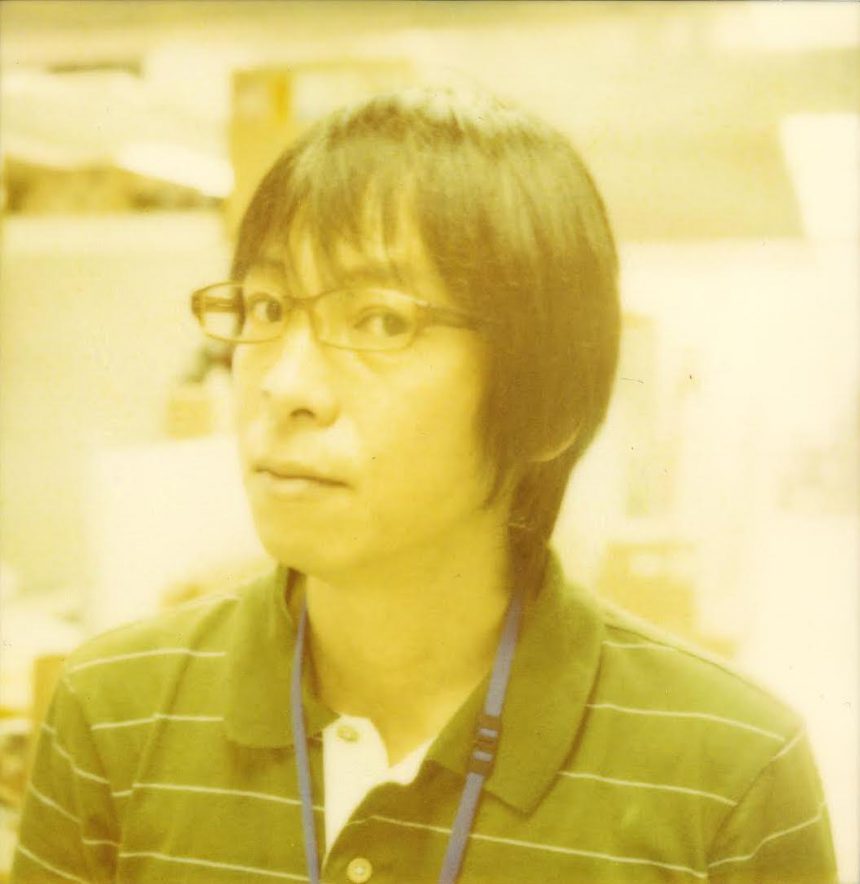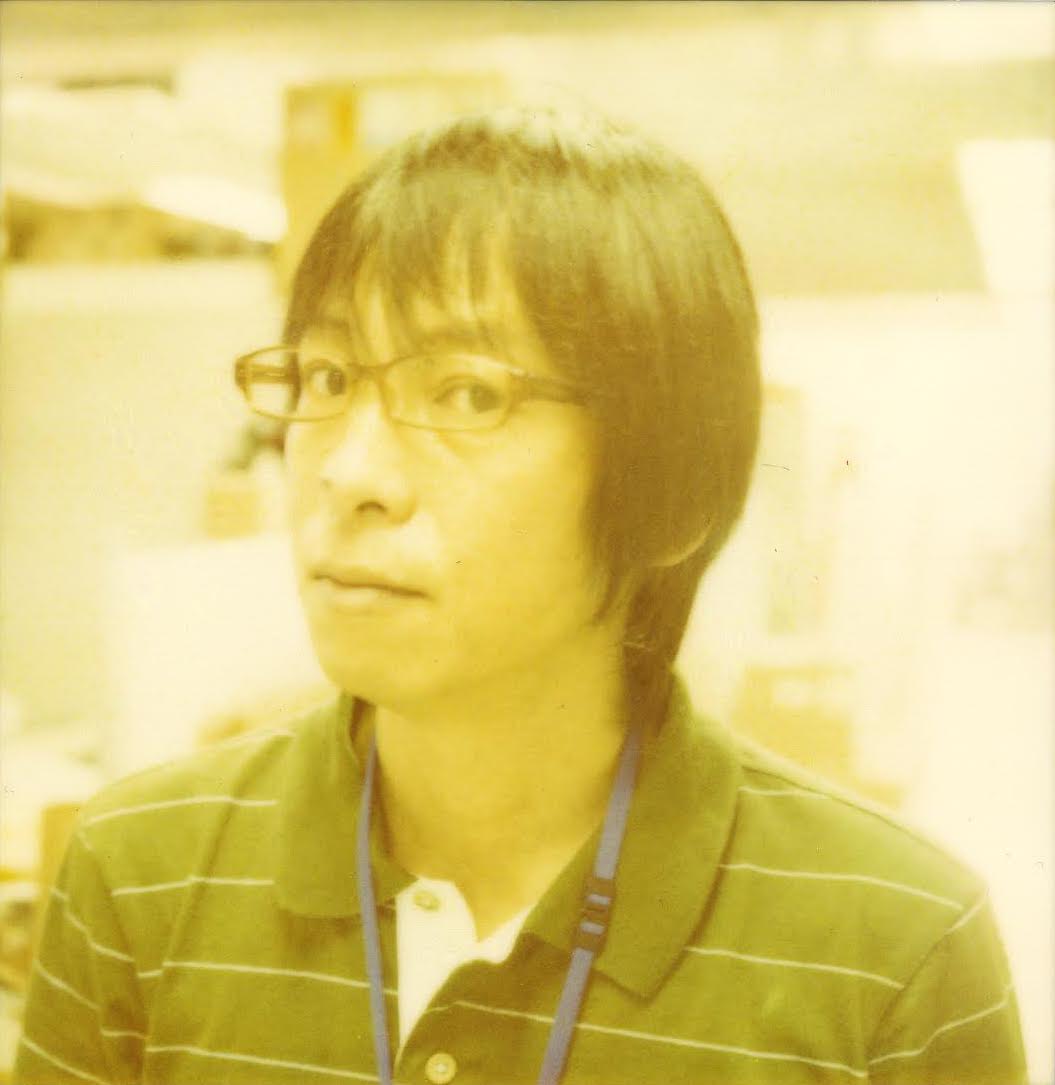
2month18In five parts, we will be presenting the stories of the teachers who cooperated with the pre-interviews for the event "Design Work from the Perspective of Typefaces" held on the 1st! There will also be stories that we were unable to share within the limited time of the event! Please check it out if you attended the event on the day or if you were unfortunately unable to attend this time.
This time, we have Professor Marui from Kyoto University of Art and Design, where I, Yonekawa from the Kansai Moripass Club, belong.
Kyoto University of Art and Design
Professor Eiji Marui
Q.What kind of work or production do you do?
The main focus is book design.
Last year and this year, I created a university guide for Kyoto University of Art and Design, and I also create newsletters for other universities. I also create collections of artists' works and exhibition catalogs.
If we're talking about something close to typefaces, I guess it would be calendars. My first job involved making corporate calendars, and I've taken over that tradition.
I also occasionally work on packaging and posters.
Q.What is the role of typefaces in your work?
"Sound," right?
When we read characters, we convert them into sounds in our heads. So when we choose a typeface, we always think about how the sound will be conveyed. For example, even if it is the same Mincho typeface,RyuminThe sound is a bit stiff and mechanical.Hidehide MinchoThis gives the impression of being a little gentle and strong.Main MinchoThe voice is a little thin and gives off a serious vibe. It's the same with the alphabet. As soon as it becomes italicized, it gives off an impression of being fast-paced and relaxed. So, when creating a university newsletter, I sometimes use Mincho font to convey the content clearly.
Q. What was the moment when your font senses were turned on?
In the summer, my family had a shop at the beach, so I started making posters there on my own. I started looking at various printed materials at home and imitating the typefaces I used to write, so I guess I was interested in typefaces from that time on.
It was when I entered the University of the Arts that I started to pay serious attention to typefaces.
My university had a typesetter and I was able to choose the font, so I had a mindset of "this is the font I should use when making this kind of thing."I started to become more conscious of it after I got a job and started making calendars.
I was very particular about which numbers to use for the calendar while looking at sample books. As I printed them onto photographic paper and cut them out one by one, I also became conscious of the baseline and spacing.
Q.What is your favorite font?
I think it's Shuei typeface.
It's great that there are so many family members to choose from.Still, choosing a favorite Morisawa font is really difficult.Main MinchoI often use it, but when it comes to designing, it's impossible to say "this is the only one." It would be strange to say, "I only use Hon Mincho!" (laughs).

